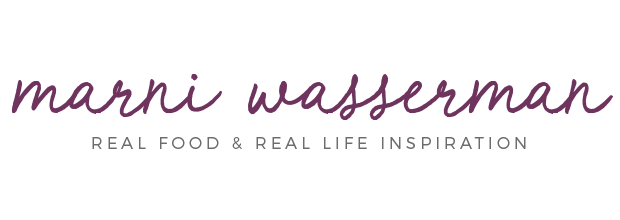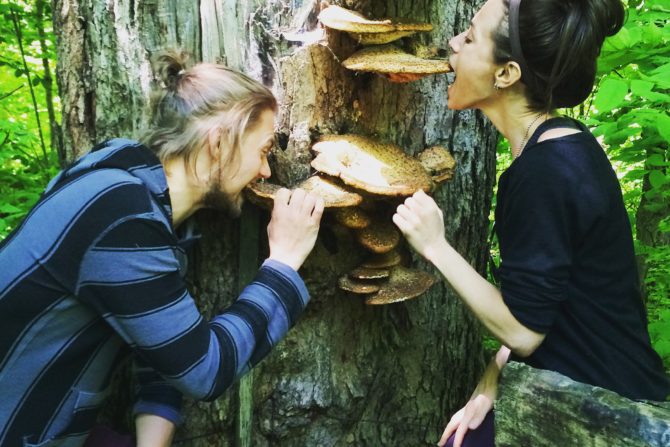I have so much fun when I go foraging for food not only because I get to be in contact with Nature and spend time outdoors, but because when I forage I take home resilient powerhouse foods, and I like that because we are what we eat, right?
But wait, are you familiar with the term foraging? Foraging refers to searching for wild food resources, a practice as old as the human species itself.
“But what can I forage?”, you wonder. Canada, with so much natural forest and land resources, much of which is still fairly wild, is home to a rich variety of flora, some of which is edible and safe to use for teas, tinctures, spices, and salves. Plants like , stinging nettle (yes!), garlic mustard, burdock, dandelion, and watercress; herbs like yarrow, yellow dock, thistle; flowers like red clover, wild chamomile, coltsfoot, rose and berries! Not just wild blueberries, blackberries and strawberries but also sumac berries, rose hips, mulberries, elderberries (is your mouth watering yet?); and mushrooms such as chanterelle, morel, reishi, chaga, maitake. And that’s just the basics!
Spending time out in the woods is a great ecotherapy: we breathe in clean fresh air, we synthesise vitamin D if the sun is shining, and we tend to be calmer and more relaxed, re-energizing the body and the mind. I also enjoy being barefoot in nature as much as I can, as a way to ground myself, though a walk through the forest doesn’t always allow for that. And, in the case of foraging, not only are you likely to come back home revitalized but also with a bunch of edible goodies!
If you’re interested in Foraging for food, there are a few things to consider beforehand. Unless you’re knowledgeable in wild plant species, go with someone who is, or do some homework to know a few key plants you want to recognize and pick, by reading literature and finding pictures or drawings of those plants. Then, bring those notes and books with you and compare the live plant with the pictures and descriptions from, at least, two different sources before picking anything. That might save you from a scare. There are countless edible plants out there, and relatively few dangerous ones, but never ingest a plant you’re not 110% sure of. Another thing to consider is where to forage. Federal, Provincial or local parks, protected areas or private properties are usually a no-no. Other than that, Canada is yours. Just keep in mind where the soil is: picking near a polluted river that might flood to land, by busy roads or train tracks, or by sprayed areas isn’t usually a good idea. And, when to forage? Different species are available in different times of the year (yes, even in Canadian winter!) but Spring and Fall are usually the best.
Did you know that over 60% of conventional pharma drugs come from plants? Foraging is a source of hyper-local nutrition and medicine (plants are often more effective and gentler healers), and can help us become more self-sufficient. Foraging is a wonderful way to get curious about the world around and to connect with nature.
If you’re excited to learn more about welcoming more superfoods and cleaning up your diet and lifestyle, join us in the studio for a workshop!



